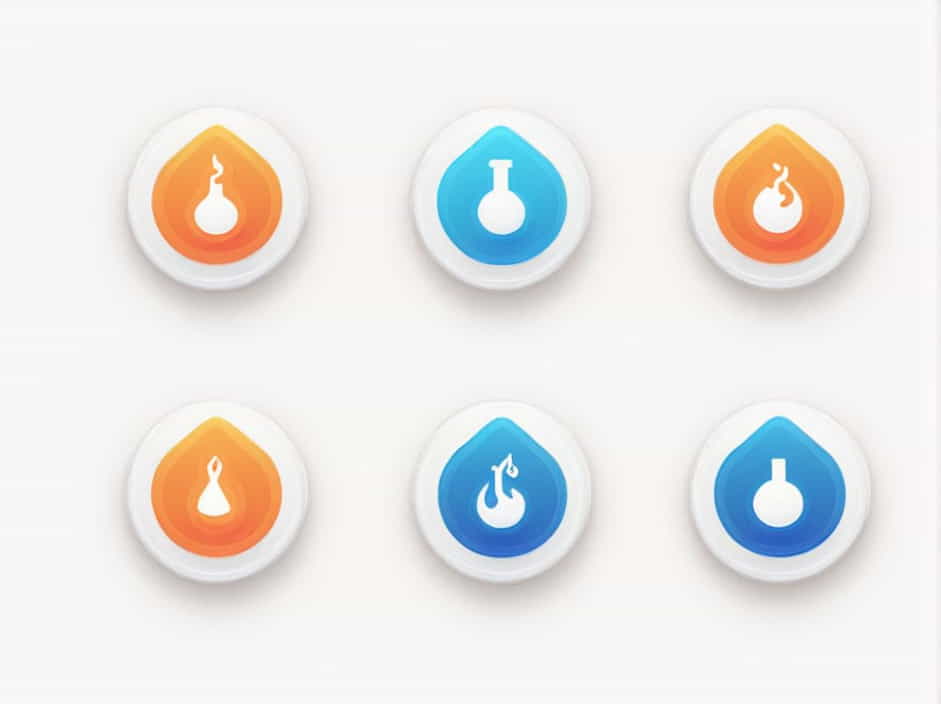Changes occur all around us, from melting ice to burning wood. But how do we know if a change is reversible or irreversible? The answer lies in whether the change is physical or chemical.
This topic explores the reversibility of physical and chemical changes, explains their key differences, and provides real-world examples to help you understand how these processes work.
What Are Physical and Chemical Changes?
Physical Changes
A physical change affects the form or state of a substance but does not alter its chemical composition. The original substance remains the same, and the process is often reversible.
Chemical Changes
A chemical change occurs when a substance undergoes a reaction that creates a new substance with different properties. These changes are usually irreversible without another chemical reaction.
Reversibility of Physical Changes
Are Physical Changes Reversible?
Yes! Physical changes are usually reversible because no new substances are formed. The original material can be recovered by reversing the process.
Examples of Reversible Physical Changes
-
Melting and Freezing
- Ice melts into water (melting).
- Water freezes back into ice (freezing).
-
Boiling and Condensation
- Water boils into steam (boiling).
- Steam cools down to form water again (condensation).
-
Dissolving and Evaporation
- Sugar dissolves in water.
- Water evaporates, leaving sugar behind.
-
Expansion and Contraction
- Metal expands when heated.
- Metal contracts when cooled.
These examples show that physical changes can be undone, returning the substance to its original state.
Reversibility of Chemical Changes
Are Chemical Changes Reversible?
Most chemical changes are irreversible, meaning the original substances cannot be recovered easily. This happens because the atoms rearrange to form new chemical compounds.
Examples of Irreversible Chemical Changes
-
Burning of Wood or Paper
- Produces ash, smoke, and gases.
- Cannot be reversed to form wood again.
-
Rusting of Iron
- Iron reacts with oxygen and water to form rust.
- Removing rust requires another chemical reaction.
-
Cooking an Egg
- Heat changes the protein structure permanently.
- The egg cannot return to its raw state.
-
Souring of Milk
- Bacteria break down milk proteins, forming a new substance.
- The process cannot be reversed.
These changes create new substances, making them difficult or impossible to reverse.
Can Any Chemical Changes Be Reversed?
Some chemical changes can be reversed, but only through another chemical reaction.
Examples of Reversible Chemical Changes
-
Electrolysis of Water
- Water (H₂O) is split into hydrogen and oxygen gases.
- These gases can recombine to form water again.
-
Battery Charging and Discharging
- Chemical reactions inside a rechargeable battery store and release energy.
- The reaction is reversed when the battery is charged.
While these chemical changes are reversible, they require external energy or additional reactions.
Key Differences Between Physical and Chemical Changes
| Feature | Physical Change | Chemical Change |
|---|---|---|
| New Substance Formed? | No | Yes |
| Reversible? | Usually | Usually not |
| Energy Involved? | Small amount | Often large amount |
| Examples | Melting ice, dissolving sugar | Burning wood, rusting iron |
How to Identify a Reversible or Irreversible Change
To determine if a change is reversible or irreversible, ask these questions:
-
Is a new substance formed?
- No → Physical change (reversible).
- Yes → Chemical change (usually irreversible).
-
Can the original material be recovered easily?
- Yes → Physical change.
- No → Chemical change.
-
Does the change involve heat, light, or gas production?
- Yes → Likely a chemical change.
- No → Likely a physical change.
- Physical changes are usually reversible because they do not form new substances.
- Chemical changes are often irreversible since they create new substances with different properties.
- Some chemical changes can be reversed, but only through another chemical reaction.
Understanding the reversibility of physical and chemical changes helps in daily life, from cooking and cleaning to science and industry.
